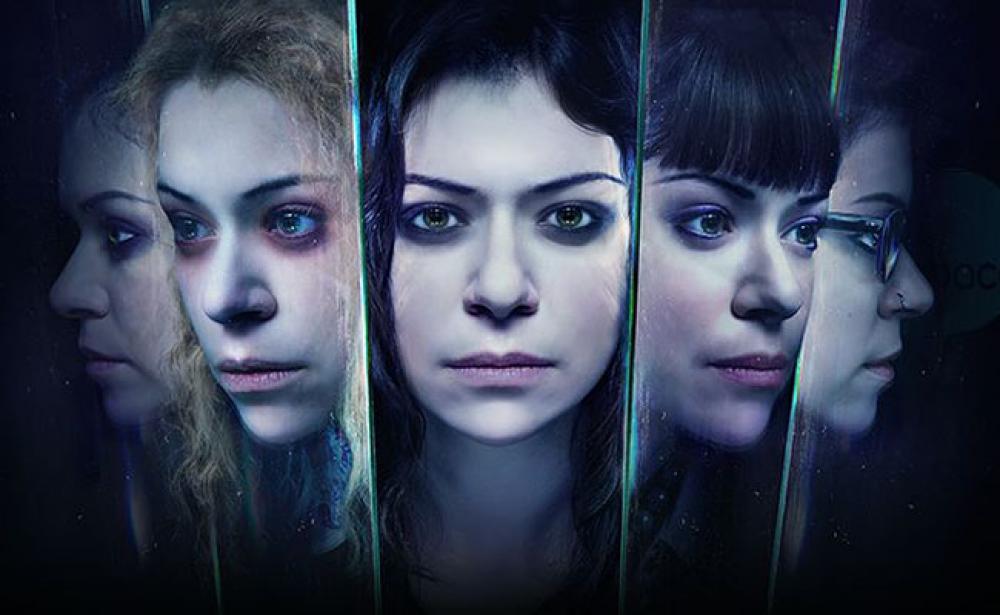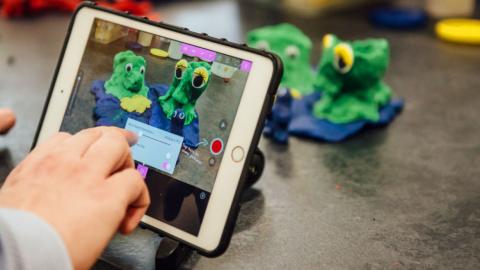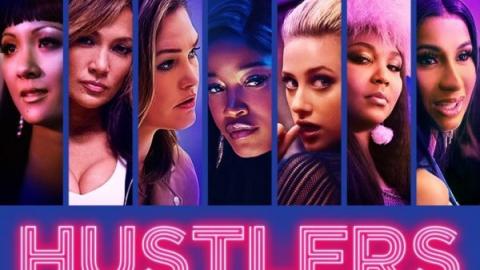Show Reviews: "Orphan Black" Season 4 - Every Episode Feels Like a Finale
Share with friends

New or old to "Orphan Black," this review will keep you up to date on the happs of this hit series!
Warning: This contains spoilers from the fourth and previous seasons of Orphan Black.
Sometimes you have to go back to move forward.
The third season of the sci-fi hit Orphan Black ended in a relatively comfortable place. Our favorite “seetras” were sitting around a dinner table, toasting their departed sestra, Detective Beth Childs (Tatiana Maslany), the clone whose suicide off a train platform kicked off this rollercoaster of a series.
Season Four awakened two months later, but not where viewers of the forward-moving show might have expected. Instead, creators Graeme Manson and John Fawcett decided it was time to see what was going on in Beth’s days before that fateful meeting between herself and clone Sarah (Maslany). The episode is shot brilliantly as a necessary flashback episode that feels more like season one; a first-person “what the hell is going on?” storyline, only instead of being led by street-savvy Sarah, we’re treated to Beth’s point-of-view in which she is brought straight into a weird murder case in which the victim’s cheek has been grotesquely cut out. She is led to the victim by a new (old?) clone only known as M.K. (Maslany), a hacker whose ability to watch over others has led her to communicate with the detective and help her determine what’s been going on with others victims that have been discovered with odd body modifications.
This backwards-in-time motion matches the same flow of the show, which is difficult to describe to non-viewers. The writers found a way to tell backstory in a forward motion by having Sarah and Beth’s old partner, Art Bell (Kevin Hanchard), find surveillance footage Beth set up in her apartment, thus inviting the audience into the happenings through the film. This necessary step back goes along with the theme of “origins” that plays throughout the season, and will ultimately be another clue into finding out who these clones are and how they will survive.
In fact, Beth’s story really is what truly catapults this whole mystery for these clones. To see Maslany play a dead clone and give her new life was amazingly done. She wasn’t all sunshine and roses, but she had moments of humor, passion, lust, and even love; and that’s what makes her final walk onto the train platform that much more heartbreaking. We see Sarah almost decide the same fate in the middle of this season when things seem to be the lowest they could possibly fall, only to be pulled back by that voice of Beth in her head and, the very real foster brother, Felix (Jordan Garvaris), who shows her hope isn’t lost and her sisters need her.
Another highlight, though really not surprising (at least to me), was the reveal that Delphine Cormier (Evelyne Brochu), who was thought to be fatally shot in the season three finale, is alive and somewhere on the mysterious island where a previously injured clone, Rachel (Maslany), is being kept. Her reunion with her scientist girlfriend, Cosima (Maslany), was a beautiful moment from the finale, and I’m sure many fans will be rejoicing.
Though rarely disappointing, if I had to choose anything, I would say the lack of Helena this season was unfortunate as she is my favorite of the clones. Though I do understand as the list of new clones keeps piling up for Maslany, some of the regulars have to take a break and build a house out in the woods, killing deer in front of frightened children. Making up for her loss is the recurrence of naïve clone Krystal (Maslany), and her mission to discover why weird things keep happening to her. Krystal, for not being the sharpest knife in the drawer, is oddly on point, and so close to the truth for someone who has no idea what she’s trying to find (but don’t tell her that).
Also, while I was absolutely thrilled the writers gave Ari Millen a new clone in Ira, I was shocked not to see Mark (Millen), the only surviving military-born male clone, nowhere in this season, and with no explanation as to where he and his wife Gracie (Zoe de Grand Mason) are. While I love that this is a female-centered show, I did enjoy seeing the male side of this clone experiment in season three, and thought Millen did an amazing job. The addition of Ira proves this, as this clone is nothing like the brothers we’ve seen, even being rather comedic at times.
What’s really been so enjoyable about watching Orphan Black, besides seeing how many characters Maslany can pull off (she’s up to over twenty in some form or another), is every episode feels like a season finale. As a viewer, I’m constantly wondering where the hour went, scratching my head as to how there’s only five minutes left of an episode when there’s so much more to resolve. Yet it does it, again and again.
Overall, it was another fantastic season of Orphan Black. It is bittersweet in that the news came on June 16th that while the show will have a fifth season, it will be its last. It’s a shame to think of this show ending with all it has done to create such a female-driven, LGBTQ positive, all-around badass-writing of a show. But at least we know it will have an ending its creators have had set up since they started this. And isn’t that what all creators want? To see their product, their design, their image, their science perfected for which the world can judge? Or even benefit? It’s got to be better than all the shows that drag the story out well past their prime, right? I guess we’ll find out next season.
Orphan Black airs on BBC America and Space Channel. It is available to watch on Amazon Prime and Netflix.




